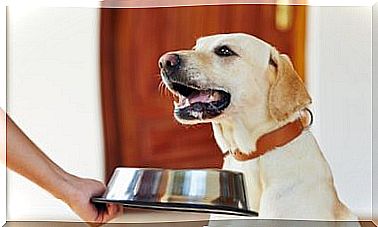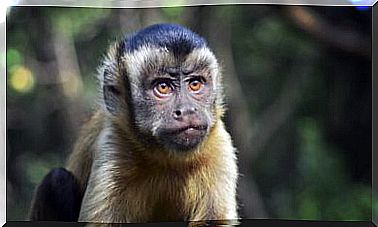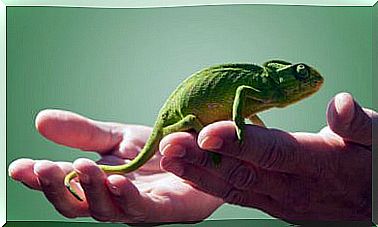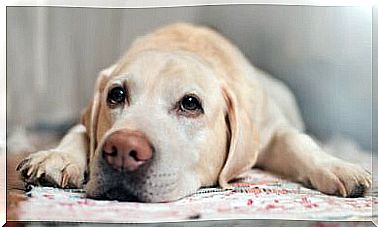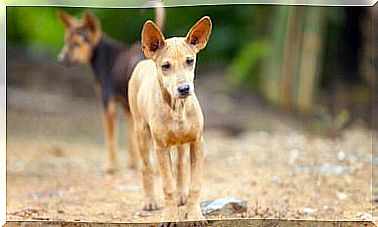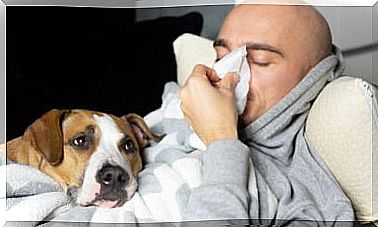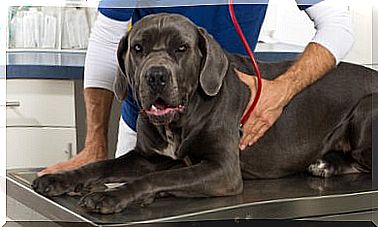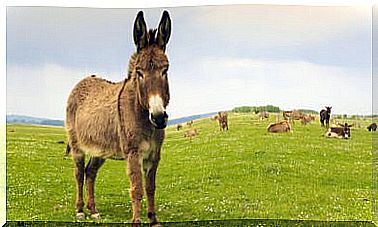Horse Shoe: Shoeing The Ideal Way
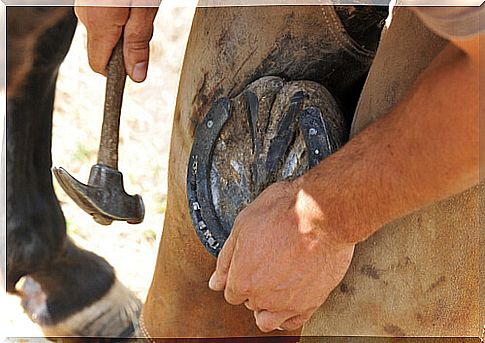
The correct horseshoe of the horse is a decisive procedure for its development and future performance. A bad practice not only causes pain, it also harms the health of the animal. Therefore, it is essential to use a trained professional to perform the ideal shoeing of your equine without risks.
Why is the horse’s shoe so important?
During its long evolutionary process, the horse showed a significant mutation in its legs. Four of the five fingers possessed by their ancestors suffered atrophy. For this reason, the horse we know today has only one finger.
What could have been a disadvantage, turned into an incredible ability. It is this minimal contact surface with the ground that allows horses to be so fast.
The horse’s hoof is, in fact, the developed and very resistant claw of its only finger.
In wild equines, permanent use promotes a natural and balanced wear of the hoof. Therefore, they can live normally with their “raw” hooves without losing the stability of their body.
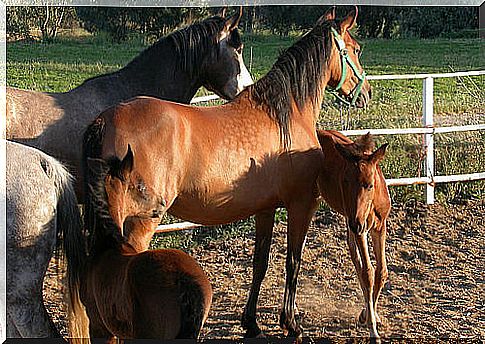
Already domesticated horses need shoeing and maintenance to protect their legs and improve their performance when dislocated. The horseshoe, when attached to the helmet, provides greater resistance to wear.
How to guarantee the ideal shoe for your horse?
The horse shoe technique is very complex and requires specific knowledge. It is about not causing damage to the animal. For this reason, we clarify the importance of a professional shoeing to guarantee an adequate and risk-free procedure.
1. Choose a competent and experienced blacksmith
The most important advice is to choose a professional qualified in the art of shoeing. The life and performance experience of the blacksmith is essential to guarantee the proper shoe.
2. Proper positioning for shoeing
A professional blacksmith must know how to position himself correctly and demonstrate his leadership. Preventing the animal from considering that it has control of the situation and wants to escape or impose its will. That is the most common cause of accidents during horse shoeing.
3. Pre-taming the horse
Prevention is essential to ensure safe shoeing. The main preventive measure consists of previously taming the horse. Thus, the animal will be prepared to accept the practice with minimal resistance.
Many blacksmiths are experienced in calming horses, but it is not really a required part of their job. And it can be very difficult to tame an adult horse.
For this reason, there are owners who choose to do the shoeing when the animal is still a foal. This “adolescent” has a more flexible temperament, trusts more easily and is willing to face new experiences.
An adult horse has a more solid character. It becomes more difficult to manage or hide the risk in the face of an unfamiliar situation. And most shoeing accidents occur with older animals.
Why is it so important to tame a horse?
Regardless of when it is decided to make the horseshoe of the animal, the ideal is to tame it from a foal. In this stage, the equine retains its first notions of coexistence and learns to subdue its instincts. What is essential to obey the commands of its owner.
The owner himself or the person who will mount the animal must participate in the taming. The equine has to learn to recognize and respect its leader. In this way, a relationship of trust is generated that will be the basis for your training.
There are various restraint methods used by trainers specialized in equine behavior. The objective is to optimize the learning of the animal, allowing to mold its behavior and respond positively to various commands.
Tips for easily taming a horse before shoeing
The most widely used taming technique consists of forcing the animal to perform certain movements that it does not like. Most force the horse to walk backwards. Training depends on skill and patience, never violence.
The animal demonstrates its delivery normally with relaxing movements of its mouth. When this happens, the professional can start the shoeing normally.

Checking that the horse’s shoe was well made
Improper shoeing is easy to recognize. If the horse’s shoe is poorly made, it does not provide balance to the animal and its gait is defective.
In a correct procedure, the animal’s heels are remarkably balanced at the same height. The horseshoe is balanced with the hoof and centered along its axis, which coincides with the axis of the frog.
When preventive measures are ignored, the animal can be injured and present a decline in its state of health. It is essential to immediately consult a specialized veterinarian.
Properly preparing for the horse shoe involves investing in a better quality of life and preserving your valuable skills.
